NIH
-

Team discovers one more piece to the autism puzzle
Vanderbilt investigators have linked genetic mutations in a single receptor to epilepsy, autism and intellectual disability. Read MoreOct 3, 2019
-
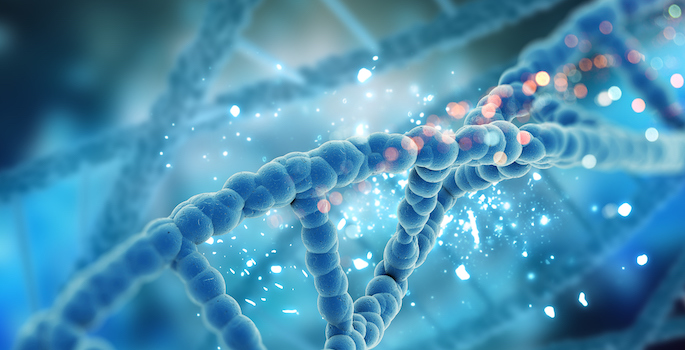
A catalog of DNA replication proteins
Vanderbilt scientists have identified 593 proteins that are enriched at sites of DNA duplication and chromatin packaging of newly synthesized DNA. Read MoreOct 3, 2019
-
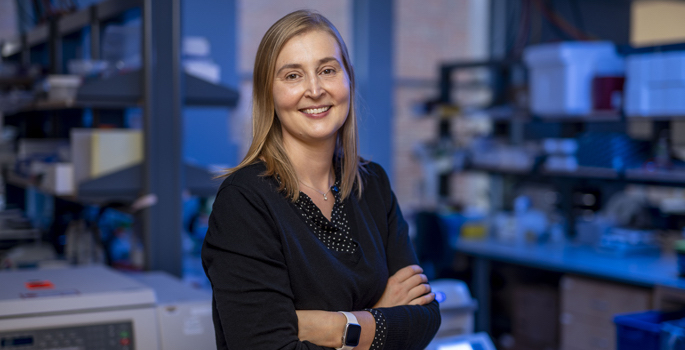
Pua lands NIH Director’s New Innovator Award
Heather Pua, MD, PhD, one of 60 investigators to receive the 2019 NIH Director’s New Innovator Award, will explore a novel type of cell signaling by RNAs in allergic airway inflammation. Read MoreOct 1, 2019
-

Treating C. diff: new purpose for an old drug?
An inexpensive generic drug once used to prevent gastrointestinal ulcers in people taking daily NSAIDs protects against C. diff infection in mice. Read MoreSep 24, 2019
-

Tailoring treatment for heart defect
By defining the clinical and genetic factors that predict treatment response, Vanderbilt investigators aim to personalize therapy for a common heart complication in preterm infants. Read MoreSep 23, 2019
-
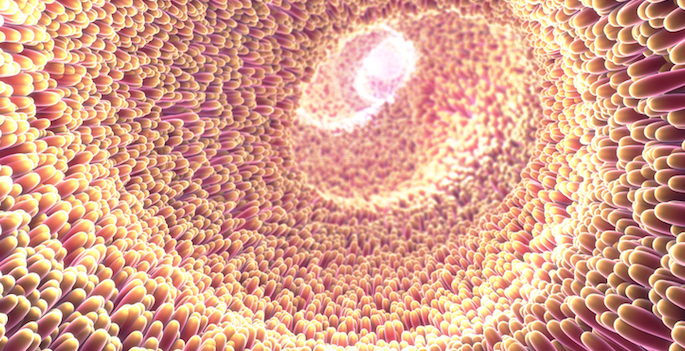
Microvilli in motion
Live cell imaging studies have revealed that microvilli — finger-like protrusions on the surface of epithelial cells — move and collide as they form the brush border. Read MoreSep 19, 2019
-

Gamazon receives NIH Genomic Innovator Award
VUMC's Eric Gamazon has received a Genomic Innovator Award from the National Human Genome Research Institute, part of the NIH. Read MoreSep 19, 2019
-

Potential prostate cancer biomarkers
An analysis of more than 140,000 people of European ancestry has identified blood protein biomarkers associated with prostate cancer risk. Read MoreSep 19, 2019
-
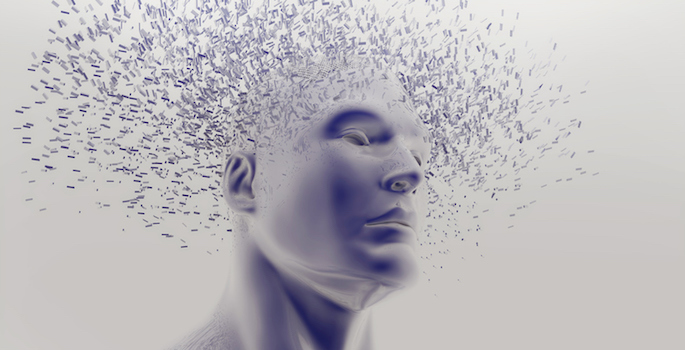
Relational memory in early psychosis
Studies of relational memory function may reveal novel mechanisms for therapeutic intervention for patients in the early stages of psychosis. Read MoreSep 10, 2019
-

Astrocytes and epilepsy
A protein with important functions in astrocytes — star-shaped brain support cells — may alter neuronal excitability and contribute to seizure activity, Vanderbilt researchers report. Read MoreSep 9, 2019
-

How salt increases blood pressure
Vanderbilt researchers have discovered that a protein called SGK1 in immune cells is activated by sodium, leading to the development of salt-sensitive hypertension. Read MoreSep 5, 2019
-

The plus and minus of microtubules
Understanding the dynamic regulation of cytoskeletal microtubules may suggest new ways to treat disorders ranging from Alzheimer's disease to cancer. Read MoreSep 5, 2019
-

A “rheostat” for cancer signals
Jason MacGurn and colleagues have characterized a “rheostat” that sets WNT pathway signaling in breast cancer cells. Read MoreAug 27, 2019
-
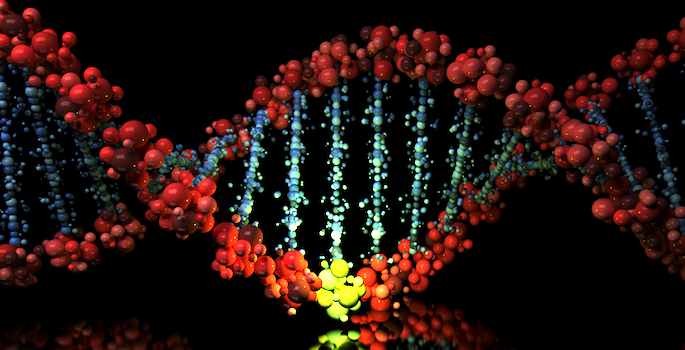
Cancer susceptibility genes
Gene variants associated with cancer risk appear to contribute to carcinogenesis by regulating target genes that in turn promote the generation of mutations. Read MoreAug 26, 2019
-

How nerves may lose their insulation
Vanderbilt’s Bruce Carter and colleagues have discovered how genetic changes in the protein PMP22 may contribute to a disease of peripheral nerves. Read MoreAug 22, 2019
-

New prostate cancer treatment concept
Combining immunotherapy and radiation therapy may be a powerful treatment approach for castration-resistant prostate cancer. Read MoreAug 22, 2019
-

Host-microbe interactions in the gut
Vanderbilt investigators demonstrated that intestinal cells promote beneficial microbe behavior — the findings support developing microbiota-based therapies for intestinal health. Read MoreAug 13, 2019
-
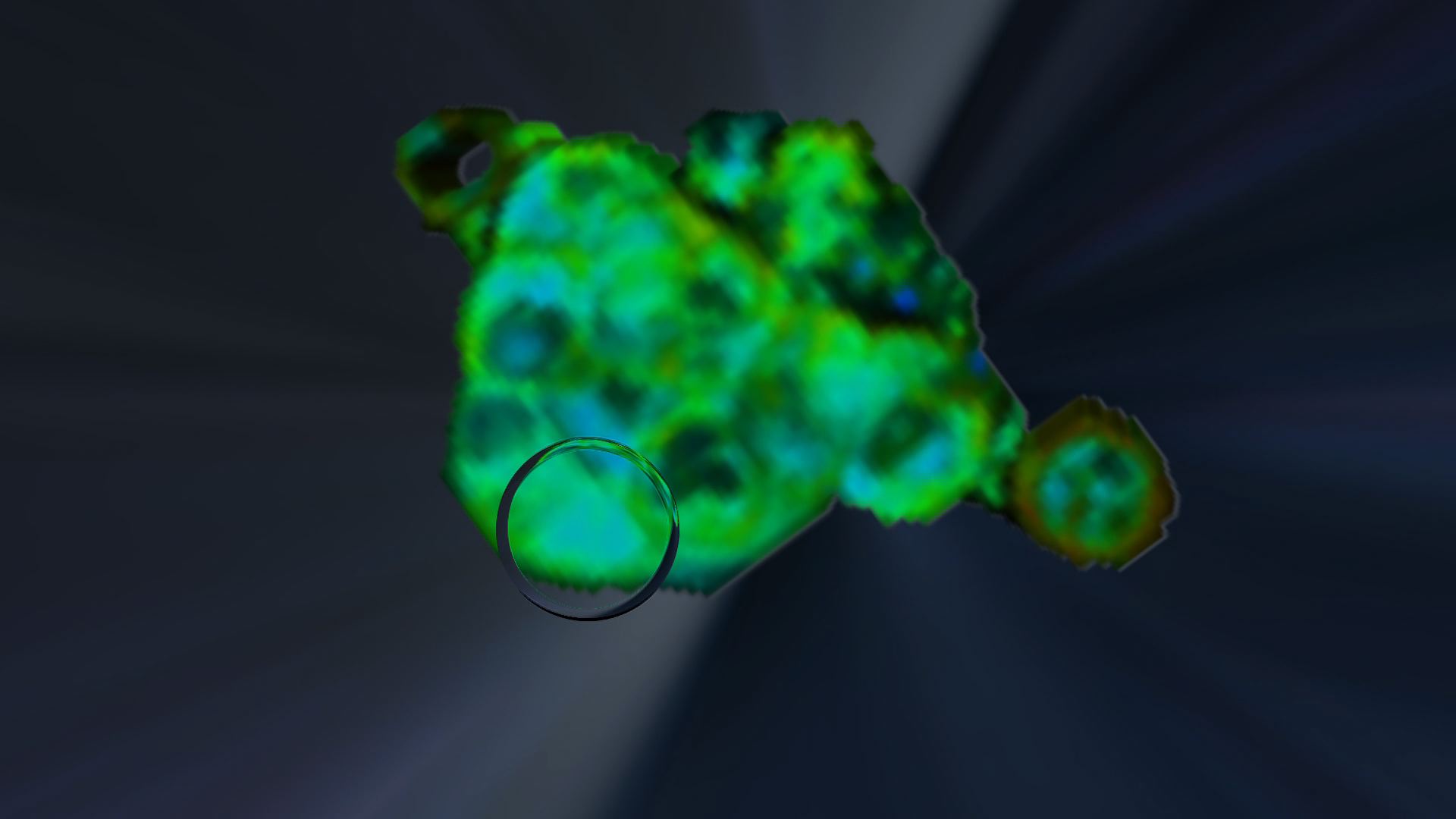
Pancreatic cancer clue
Inflammation synergizes with a cell’s intrinsic genetic program to promote the development of pancreatic cancer. Read MoreAug 12, 2019
-

A probiotic treatment for obesity?
Engineered bacteria that produce beneficial compounds — and that could potentially be administered in foods like yogurt — may be a future treatment for obesity and other chronic diseases. Read MoreAug 8, 2019
-
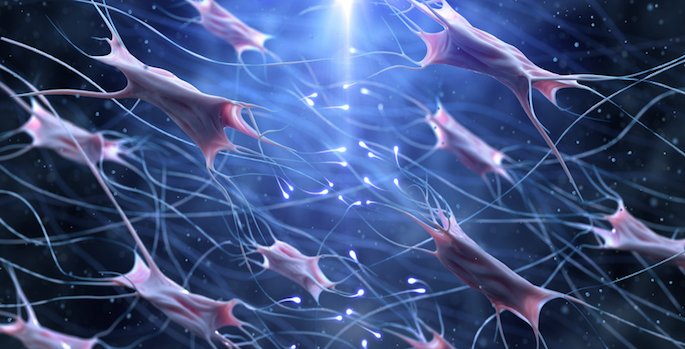
Cellular engines of wound repair have distinct roles
Vanderbilt investigators have now discovered that, in contrast to prevailing dogma, fibroblasts are not all alike; instead, they have distinctive functions following tissue injury. Read MoreAug 8, 2019